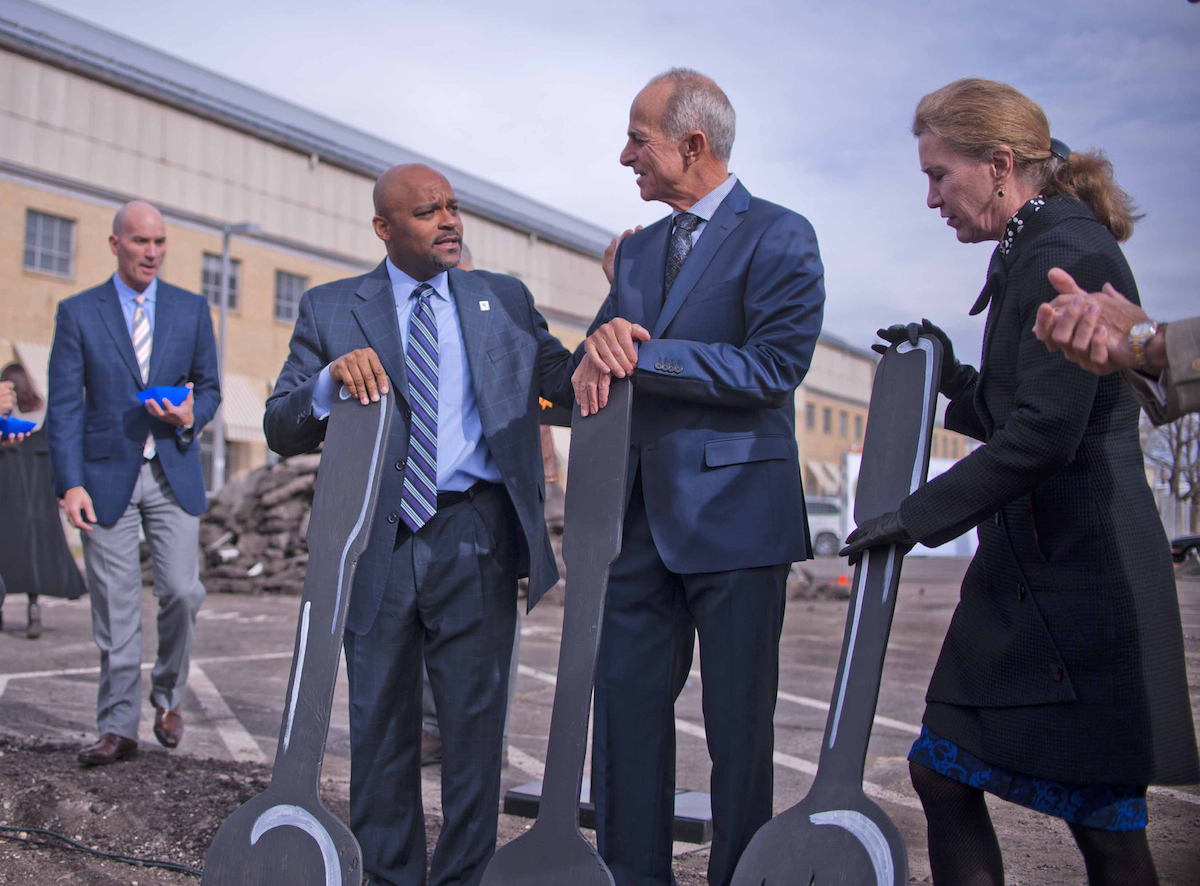The Local newsletter is your free, daily guide to life in Colorado. For locals, by locals.
The legacy of any mayor depends largely upon growth: economic, geographic, social, political. But urban booms only serve their citizens if they’re managed intelligently, with ambitious projects being executed on time and under budget. As the Union Station renovation project neared its end this spring, we sat down with Denver Mayor Michael Hancock to discuss its successes and how lessons and procedures applied to the new transit hub might also be useful to the mayor’s vision for the rest of the city.
5280: You’ve been around this project since your city council days.

Hancock: It really started getting its sea legs around 2004, so I’ve had some relationship with the project for a good 10 years. It was always meant to be the hub of the FasTracks system, and now we’re seeing related investments in housing, office space, restaurants, and entertainment and attracting companies that are interested in moving downtown.
5280: It seems like an almost perfect example of how a public-private partnership is supposed to unfold.
Hancock: Other cities have been big on projects like this this for awhile, and we’re going to have to do many other “P3s” in the future. Union Station will serve as a model as we move on to building out the Stock Show and the DIA aerotropolis. There’s no doubt in my mind that when we finance the changes to the Stock Show, it will be from the foundation of Union Station. Other cities are looking at us for how creatively we financed this project. The way we structured the loans and backed them with public and private financing. No other city has used these pooled funds the way Denver and CDOT have.
5280: What’s the status of the Stock Show plan?
Hancock: We’ve named a finance committee for the Brighton Corridor and Stock Show project, so people are already imagining how we can get it done. I get excited every time I drive down Brighton and see the new industry moving in and amenities like the Source. In five years, this area will blow your mind.
A lot of the landowners around TAXI are in discussion with developers who want to work in that area. Since 2011, we’ve been asking how we can electrify these tremendously well-placed areas. Our vision plan lays out these corridors of opportunity, and they’re all interconnected.
5280: At the same time, how do you avoid becoming another Los Angeles?
Hancock: We want to manage the growth because it’s a double-edged sword. What’s attracting companies here is a great quality of life. People want to be here. The tax policies make sense for businesses and individuals. You’re close to the amenities. Our investment in transportation infrastructure has been going for more than 10 years. But we still want to manage our commitment to things like green space and smart water usage.
—Image courtesy of Evan Semon








